 Associated Press/Mike Groll Associated Press/Mike Groll In case you've missed it, LPS is heavily promoting a free movie this week. This morning LPS's PR specialist sent out an email that said, "Nebraska Loves Public Schools is hosting a free screening of their latest one-hour documentary 'Consider the Alternative,' a conversation about charter schools, public schools and closing the achievement gap." The email also said that a panel discussion would follow the screening, and LPS Supt. Steve Joel and LEA President Rita Bennett would be panel members. Having Steve Joel and Rita Bennett conduct "a conversation about charter schools" is like asking PETA leaders to conduct "a conversation about eating meat." Charter schools are viewed as anathema by the educational establishment in Nebraska, as evidenced by LEA's communications with its members. The following question was included in a recent edition of LEA's LEARN Rapid News: How do you feel about public charter schools and vouchers taking funding and resources from public schools? Just so we're clear: charter schools ARE public schools. Why would a teacher's union misinform its members about something as basic as the nature of charter schools, which are legal and thriving in 43 states? It's simple. Charter schools don't have to hire teachers who belong to teacher's unions, and they don't have to negotiate with teacher's unions. If they want to, charter schools can base teacher pay on performance. They can also ask teachers to work more than 7 1/2 hours a day, and only teachers who want to agree to the charter school's terms will work there. How's that working out in other states? With the charter school movement coming of age in much of the country, charter school principals have developed non-union ways to support teachers in their careers. In KIPP charter schools, for instance, teachers are provided with weekly coaching and intensive training to help them in their careers. When it comes down to it, though, school choice is about the future of our state and country. Educationally, children in Nebraska are suffering. Very few Nebraska families can afford private school tuition or homeschool, and the existing school districts are spending hundreds of thousands of dollars in public relations to convince parents of the quality of their programs. In the meantime, even the AP Calculus students are not thriving. While the pass rate for the AP Calculus test nationwide is over 80%, during the 2012/2013 school year, less than 8% of the LPS students who took the AP Calculus class passed the test with a score of 3, 4, or 5. As you listen to NElovesPS rave about Nebraska's schools, remember who's doing the talking. These are people with stakes in the existing educational establishment. Then think of the children who will have a difficult time competing with children from the rest of the country who have benefitted from educational savings accounts (ESAs), charter schools, tax credit scholarships, and voucher programs. When we understand who's doing the talking and what their motives are, then the real conversations can begin.
0 Comments
What do all of these students have in common? They're all great candidates for virtual charter schools. As you can see from the graph, virtual schools have become the fastest-growing trend in education, and this may be the case because it is a good for many students for many different reasons. With virtual charter schools, students can work at their own paces from the comfort of their own homes. They have the support of professional teachers, but they also have their parents right there to help them when they need immediate assistance. The virtual charter school provides students with the curriculum and materials they need for their courses as well as opportunities to talk with their teachers and sometimes with other students. Some virtual charter schools hold field trips, science fairs, and geography bees. Others have clubs with virtual meetings online. From Maine to California, students are enjoying the benefits of virtual charter schools. Why not Nebraska? STEM charter schools are popping up all over the country, some with specific emphases like the new all-girl STEM public charter school in St. Louis, Hawthorn Leadership School for Girls for grades 6-12. The STEM-based school in this video, however, could be a wonderful model for a charter school in Lincoln because of its collaboration with an R1 university. Here in Lincoln, we're fortunate to have amazing academic resources in University of Nebraska-Lincoln. Like Purdue has done with Purdue Polytechnic High School, UNL could do here in Lincoln. Offering a world-class STEM education to Lincoln students could open pathways to entrepreneurship and a high-tech workforce that could benefit Lincoln for generations to come. The curriculum for Purdue Polytechnic High School is being developed by Purdue professors, and the school will offer some dual-credit opportunities that will help these students, many of whom are first-generation college attendees, to reduce their university costs and shorten their journey to a bachelor's degree. This is yet another example of the way school choice can benefit individual students and the entire community--innovation and progress in education are inevitable when people have the freedom to think outside the traditional public school district model. If you want to talk to someone who has heard it all when it comes to arguments against school choice, try Senator Ember Reichgott, the chief sponsor of the very first charter school legislation in the country, which was passed back in 1991.
In an interview last month, Reichgott explained that the myths told by charter school opponents in 2015 are exactly the same myths told back in 1991. We've been hearing lots of these myths here in Nebraska lately, especially the following one. Myth: Charter Schools Take Money From Traditional Public Schools This is one of those myths that has been around since 1991. What does Senator Reichgott have to say about it? She says, "The fact is the public money follows the student to the charter school and every child deserves an excellent education.” For example, when a child moves from the Lincoln Public School district to the Millard Public School district, no one cries foul when public dollars follow the child. “It’s who gets to control the money,” said Junge, explaining why critics are upset when the money follows a child to a charter school. “When you have the money in a district, the superintendent gets to choose where they want to spend it, in what area of the city, what program, what particular student is going to get more funding than others. But when the money goes to a public charter school, there’s a lock on the door and the superintendent cannot get to the money. It’s out of his or her hands and that’s why you hear this.” Having to dance at school would be torture for some kids, but incorporating dance into the public school day is heaven for others.
Gabriella Charter School in Los Angeles is scoring exceptionally well on standardized state exams, despite the fact that over 90% of the students are classified as economically disadvantaged. In addition to dance, Gabriella Charter School also places particular emphasis on music and arts for its K-8 students. This innovative California public charter school has found a way to not only keep kids moving during the day but also to raise their academic performance. Again, bottom-up solutions like this one have the potential to reach kids in ways that top-down methods struggle to do. When parents have choices like these, they can find just-right fit for their students. Charter schools have huge incentives to perform well academically and keep parents happy. If they don't, their charters will be withdrawn and the students will transfer to other schools. But that doesn't seem to be any kind of threat for Gabriella Charter School. Check out these testimonials from parents.  Some kids are very fortunate in that their neighborhood schools suit their needs very well. If the neighborhood district school isn't a great fit, though, what do you do? In most states in the U.S., parents can enroll their children in public charter schools if the district schools aren't a great fit. In Nebraska, however, you're stuck. Unless you have the money and resources to homeschool or pay for private school tuition, you have no options outside of the district public education model. Parents across the country are finding the just-right fits for their kids as school choice expands. The following video is about a public charter school in the Boston area. It's a K-8 school, which is great for kids who have difficulties with transitions--they don't have to transition to a new school for middle school. It also teaches Latin and French as part of its classical methodology, and students are introduced to community service as an integral part of the curriculum. The Benjamin Franklin Classical Charter Public School isn't the best fit for every kid, but it's perfect for some students, and their parents are lucky to have this option. Schools like this develop from the bottom-up. Administrators and legislators can't predict or anticipate what each student will need, but kids' parents know what their kids need. And the free market provides what people are looking for.
What kinds of public charter schools will develop in Lincoln, Nebraska, when school choice arrives? It will be exciting to watch. People often ask what the differences are between traditional public schools and charter public schools. One of the differences is that most traditional public schools use a top-down structure and most charter public schools use a bottom-up structure. Let’s take a look at these fundamentally different ways of administering public education. The Top-Down Educational Model In a top-down model, decisions are made by administrators who have little if any contact with students, and then these decisions are mandated to everyone else. For example, in recent months, district administrators told LPS middle school principals that there would be a change in the way their schools could handle electives. Many teachers had serious and practical concerns about these changes; they know the students and they know how things work in their particular schools. These teachers have a lot invested in their jobs and the kids they teach, and they’re the ones who interact with the students on a daily basis. But their concerns went unheeded. The PhDs at district headquarters had spoken. In February of this year, the Lincoln Public Schools Board of Education approved a $50 million proposal to acquire Chromebooks for all 3rd to 12th graders over the next several years. In meetings regarding the plan, people asked what curricula would be used on the Chromebooks, and board members and LPS administrators said they were still figuring that out, even after the decision had been made to purchase the Chromebooks. One school board member gushed, “This is the stuff of legacy,” following the approval of the Technology Implementation Plan. But whose legacy is it? And how will this top-down technology “plan” improve the educational outcomes of LPS students? Top-down educational models don’t leave room for true innovation because the people who are in a position to innovate are not given much freedom. Top-down models are also highly susceptible to corruption. There’s too much concentrated power. The contracts (whether they’re for Common Core textbooks or building projects or Chromebooks) are so large that cronyism and outside motives encroach, and true educational goals get lost in the grappling for public funds. The Bottom-Up Approach Public charter schools are experiencing great success with the bottom-up approach to education. Instead of “legacy” decisions and district mandates, these schools are doing something different: they’re trusting their teachers and counting on them to make important decisions for the students. After all, the teachers know the students better than anyone else. Many charter schools like Denver School of Science and Technology (DSST) have found that the bottom-up approach works much better if the goal is to help students achieve academically. In the following interview, Jake Firman, senior manager educational technology at DSST describes their approach. He says that teachers are the experts in their classrooms. They know what their students need. They know their students’ perceptions and opinions, and with this valuable information, they decide how to integrate technology into their classrooms. Then they send this information back up to instructional leaders and ultimately to the ed tech leaders who can help make the teachers’ classroom needs come to fruition. It’s no wonder that DSST was named one of the Top Work Places in Denver the past three years. Can you imagine it, teachers? Working at a public school where the administration depends on your feedback and values your professional expertise? And what about the benefits to the students? Did you catch that bit in the video about 100% of DSST's graduates getting accepted to 4-year universities? This is an urban, low-income school. It can happen anywhere--anywhere that is willing to put student achievement before other priorities.
In the quest to provide Nebraska’s students with a world-class education, we need to strive for a bottom-up approach to education. When teachers have the freedom and authority to teach the individuals in their classes in ways that reach them best, success follows. In this NE Loves PS video clip, UNO Adjunct Professor Ron Azoulay explains what happens when a charter school arrives in a community. In case you missed it, here's what Ron Azoulay said:
"And what happens is that the community itself doesn’t know how to talk about the new thing that is coming into their neighborhood. It doesn’t know how to ask questions about it. It doesn’t even know how to, um, comprehend the amount of marketing that is bombarded to that community and through the private contractor. Um, they are told. They are told what to do, and they are told that if they don’t take advantage of it, they deserve what it is that they have in their public education." Let's deconstruct this a little bit. First off, Azoulay and NE Loves PS think that parents aren't smart enough to understand "the new thing" (the charter school, presumably) that is coming to our neighborhood. In fact, we don't even know how to ask questions about this new thing. He says "They are told." This is interesting coming from an organization whose very name (NElovesPS) tells Nebraskans what to think about public schools. When Azoulay says that the community cannot "comprehend the amount of marketing that is bombarded to that community," it may be because he just found out how much the Sherwood Foundation is spending on this campaign to convince people that school choice is bad. I don't know if Ron Azoulay has lived in a community where a new charter school has come in, but I have. Before moving to Nebraska, our family lived in an area of Colorado where a new charter school was built at a rate of about one per year. Here's how it went: Parents usually found out about the new charter school from the newspaper. Then they'd go to the new school's website or call the new school and ask questions like the following:
And this last question (how long is the waiting list?) is the question we all dreaded because we had already gotten excited about the answers to the previous questions. But by the time we read about the new school in the newspaper and searched the Internet for a website or phone number, the waiting list was usually about 1,000 kids long for 400 slots. Ugh. Maybe next year. Of course, with vouchers available, maybe the waiting lists can shorten considerably (read Michelle Rhee's article here). Nebraska State Senator Burke Harr recently appeared in a documentary funded by the Sherwood Foundation's NELovesPS (Nebraska Loves Public Schools), and the following is a clip they posted to YouTube. In the clip, Senator Harr doesn't seem entirely comfortable talking about charter schools or the achievement gap. He seems to be refuting the idea that charter schools are effective at erasing and even reversing the achievement gap. Instead of offering evidence, he talks vaguely about good teachers and good principals getting parents more involved in education. Perhaps he doesn't give evidence because there doesn't seem to be any empirical evidence that charter schools are ineffective in erasing the achievement gap. Of the 23 empirical studies conducted to date (meaning they use research comparing a test group to a status quo group), 22 of the studies have found that school choice improves outcomes at public schools. Maybe NELovesPS figured it was enough to include him downplaying the success of charter schools because he's a senator. But how did he get to be a senator? The public school monopolies across the state know that in order to keep sole control over their systems they have to keep the legislature from passing school choice legislation. Harr's 2014 race was especially interesting because he was running against Gwenn Aspen, an unabashed advocate of school choice.
Between March 5th and September 18th of 2014, the Nebraska State Education Association (the state teacher's union) gave Burke Harr's campaign $15,030.08. The NSEA also contributed to an organization called Citizens for a Better Tomorrow--to the tune of $78,500.00. Citizens for a Better Tomorrow spent more than $16,000 in attack ads on Gwenn Aspen. If school choice is proving to be so beneficial to public school outcomes across the country, and if the NSEA is truly concerned about education in Nebraska, why do they spend so much money and time fighting solutions that work? In states like Wisconsin, where public charter schools have been operating for a quarter of a century, politicians have to be very careful about criticizing school choice because they will lose votes. In the future when school choice is available in Nebraska and the achievement gap is actually closing, how will Senator Harr feel about this YouTube video? Will it have been worth $15,030.08 in campaign contributions? Just a side note in closing: The name "Nebraska Loves Public Schools" is clever. It reinforces the public's misconception that charter schools are not public schools. But don't be fooled. This is an expensive, glossy campaign to hedge up a top-heavy monopoly. With Lincoln’s increasingly diverse population, it’s not possible for every child to be educated under a one-size-fits-all format. A few PhDs cannot possibly anticipate the needs of every child in LPS schools, but the thousands of parents of LPS students know exactly what their kids need and what they want for their kids. They just need the freedom and resources to obtain it for their kids.
Who Makes the Decisions for Your Child's Education? School choice takes the control over public education out of the hands of a select few and puts the control into the hands of parents. This is done by changing the structure of public education so that the money follows the students instead of the students following the money. For example, if a child withdrew from a traditional public school and enrolled in a public charter school, the taxpayer money to educate that child would stay with the child. This is the difference between a free market economy and a command economy. In a free market economy—like the economy we have in the United States—people spend their money however they see fit, and businesses compete for consumer’s dollars. If too few people shop at the fruitcake bakery, it will either go out of business or change its selections to meet consumer demand. In a command economy—like China’s—a few people decide what should be produced. Government planners decide what will be produced and how it will be distributed. Although efficiencies may be gained for the overall group, individual needs are often neglected and left unfulfilled. Today's Public Education System in Nebraska As the public education system in the United States has become more and more controlled by federal and state government over the last century, a few people have gained power while individual students’ needs have been neglected. This might help to explain why we’re spending more and more money and getting less and less return on our investment. In fact, a recent CATO Institute study showed that American student performance has declined in mathematics and verbal skills despite a tripling of per-pupil spending over the past 40 years. The command-economy system we’ve instituted for Nebraska education isn’t working well—this is clear from recent NeSa scores. But we’re in a great position when it comes to school choice. Since 43 states already have school choice laws as part of their public education systems, we can look at the different laws and choose the methods that have proven to work best. There’s no need to experiment; the experiments have already been done from coast to coast. We just need to enact the best school choice practices and then let parents and guardians choose the best options for their individual children. And if opponents of school choice tell you that parents and guardians don’t have the education or knowledge to know what’s best for their kids, ask those opponents how many of Nebraska’s children they’ve rocked to sleep at night. How many of them have they helped with their homework and personally potty-trained? How many of them have they talked through nightmares and first-day-of-school jitters? How can they possibly know what’s best for each individual child? |
|
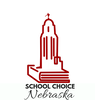
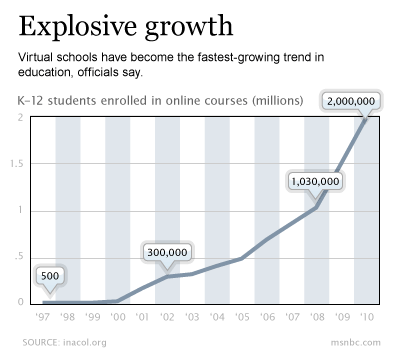
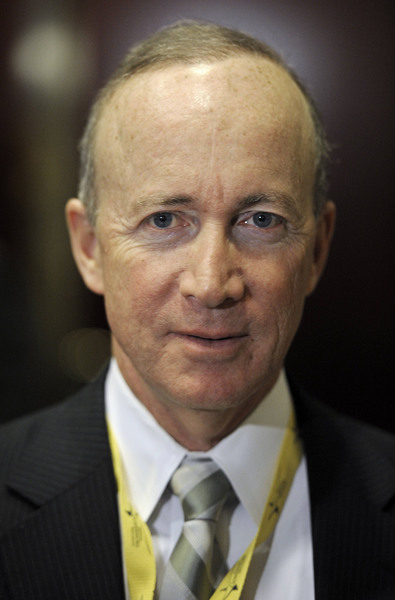
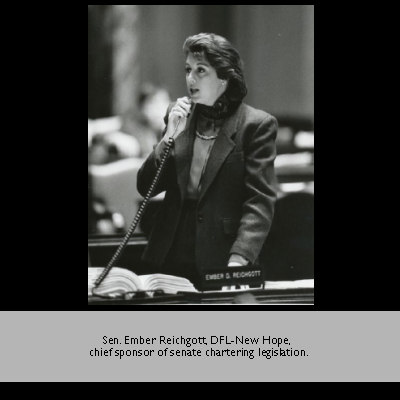
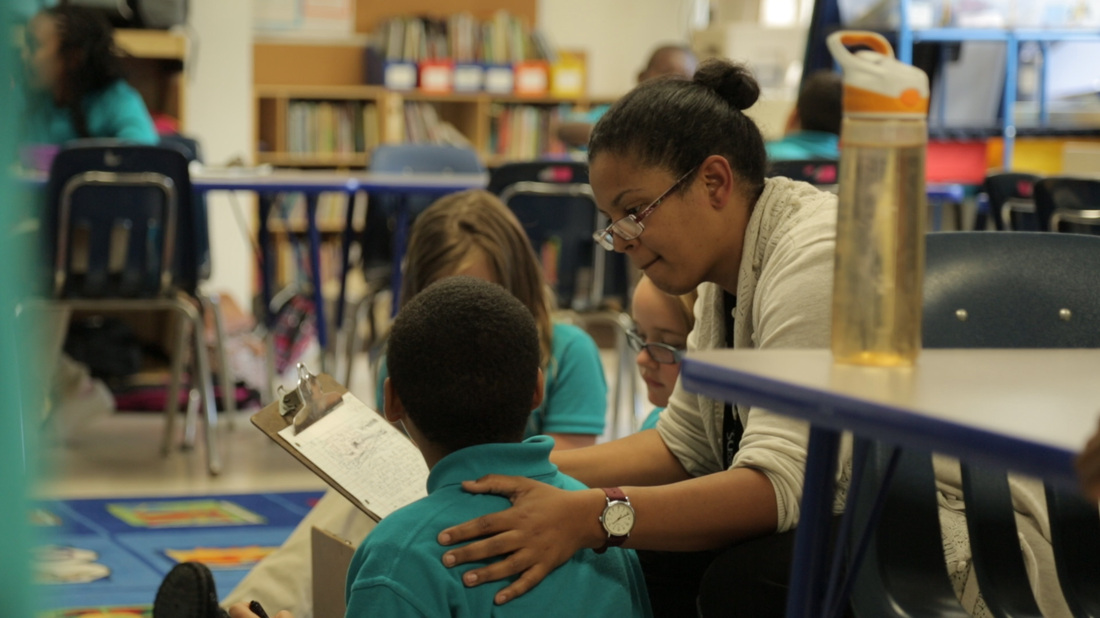
 RSS Feed
RSS Feed